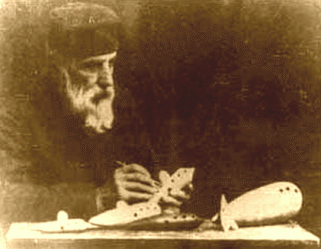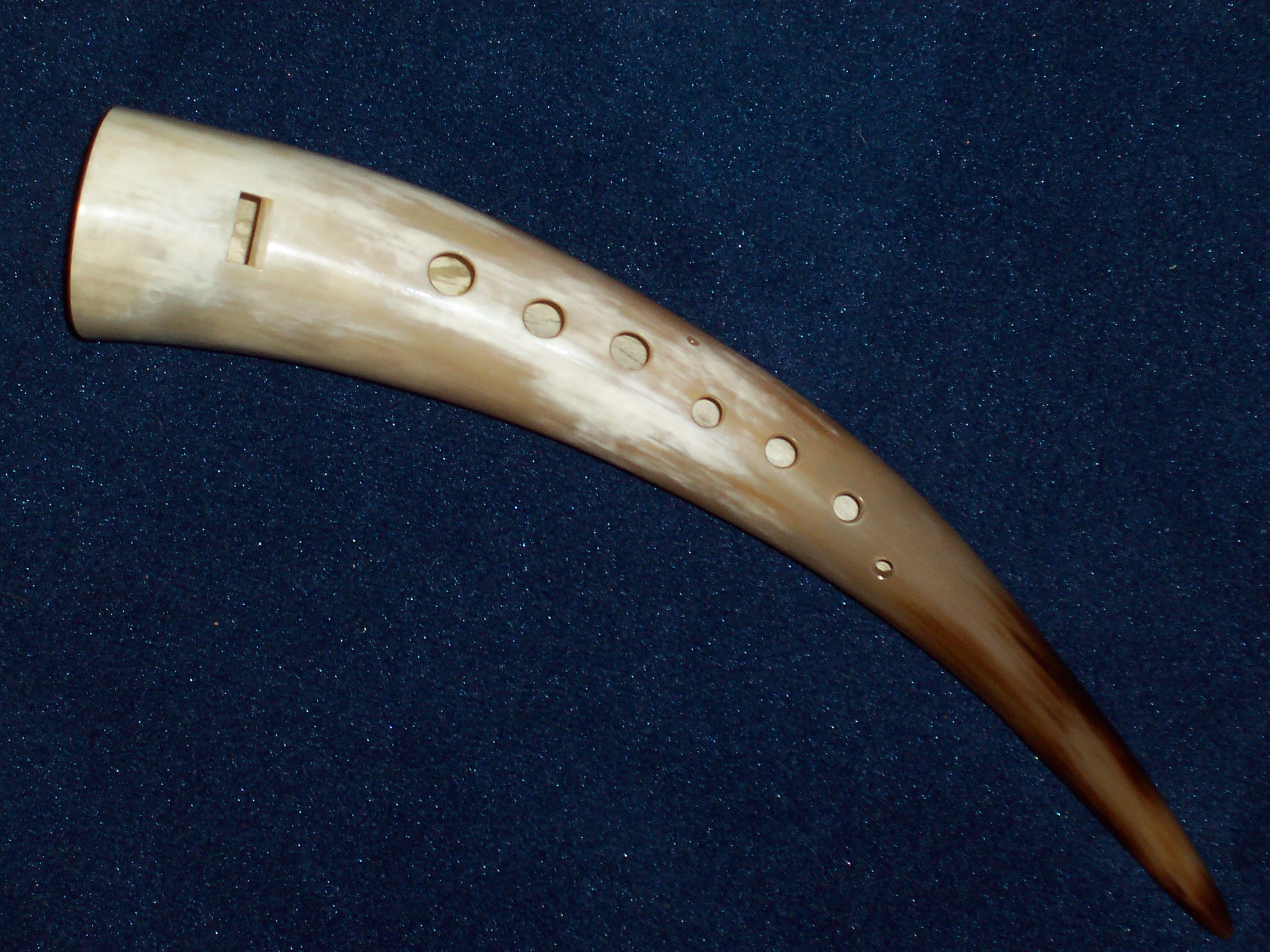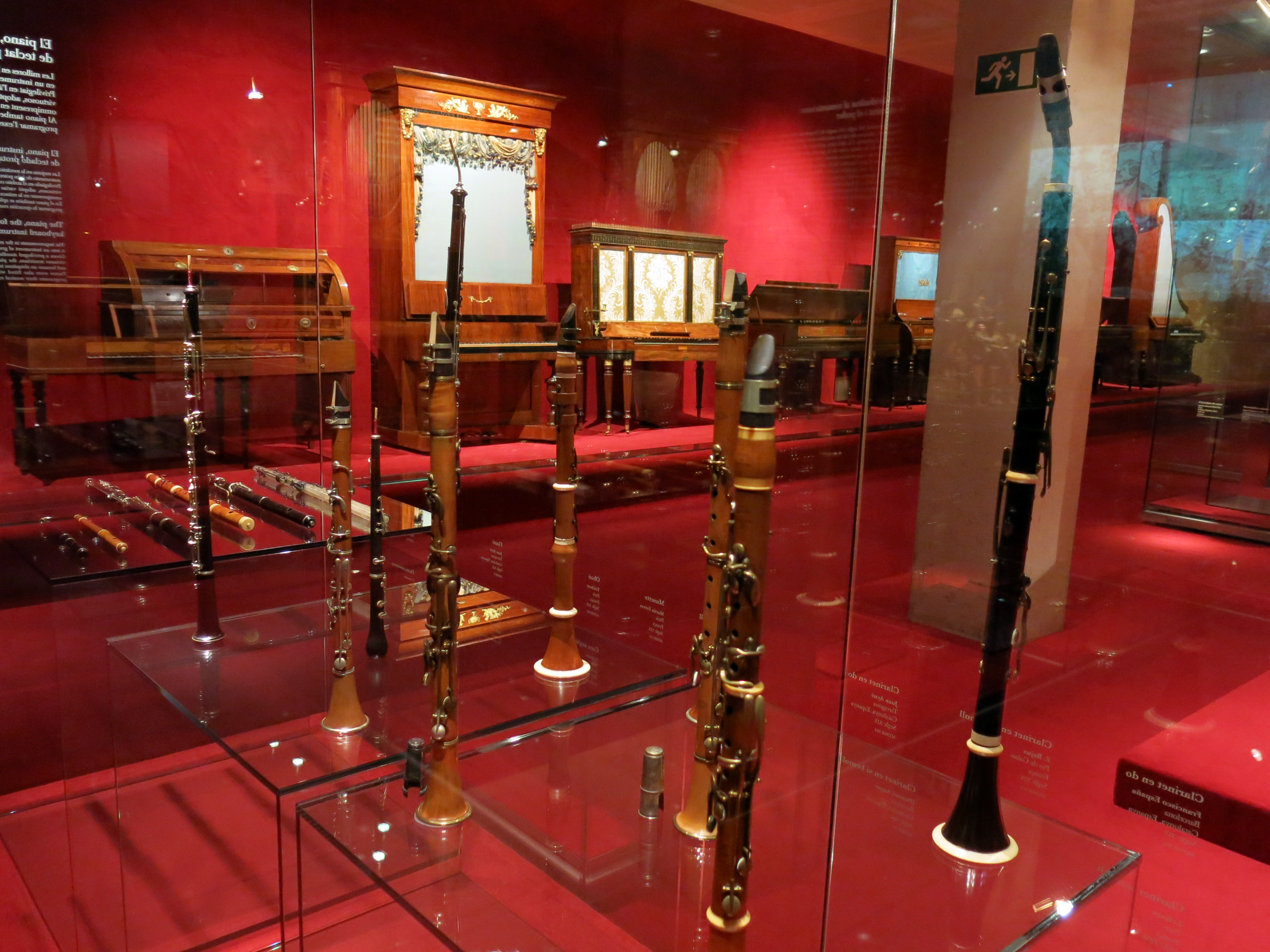|
Ocarinas
The ocarina is a wind musical instrument; it is a type of vessel flute. Variations exist, but a typical ocarina is an enclosed space with four to twelve finger holes and a mouthpiece that projects from the body. It is traditionally made from clay or ceramic, but other materials are also used, such as plastic, wood, glass, metal, or bone. History The ocarina belongs to a very old family of instruments, believed to date back over 12,000 years. Ocarina-type instruments have been of particular importance in Chinese and Mesoamerican cultures. For the Chinese, the instrument played an important role in their long history of song and dance. The ocarina has similar features to the Xun (塤), another important Chinese instrument (but is different in that the ocarina uses an internal duct, whereas the Xun is blown across the outer edge). In Japan, the traditional ocarina is known as the ''tsuchibue'' (kanji: 土笛; literally "earthen flute"). Different expeditions to Mesoamerica, ... [...More Info...] [...Related Items...] OR: [Wikipedia] [Google] [Baidu] |
Vessel Flute
A vessel flute is a type of flute with a body which acts as a Helmholtz resonator. The body is vessel-shaped, not tube- or cone-shaped; that is, the far end is closed. Most flutes have cylindrical or conical bore (examples: concert flute, shawm). Vessel flutes have more spherical hollow bodies. The air in the body of a vessel flute resonates as one, with air moving alternately in and out of the vessel, and the pressure inside the vessel increasing and decreasing. This is unlike the resonance of a tube or cone of air, where air moves back and forth along the tube, with pressure increasing in part of the tube while it decreases in another. Blowing across the opening of empty bottle produces a basic edge-blown vessel flute. Multi-note vessel flutes include the ocarina.For a linguistic analysis of the possible origins of the word ''ocarina'', cf. Perono Cacciafoco, Francesco. (2019). A Prehistoric 'Little Goose': A New Etymology for the Word 'Ocarina'. ''Annals of the Universi ... [...More Info...] [...Related Items...] OR: [Wikipedia] [Google] [Baidu] |
Woodwind Instrument
Woodwind instruments are a family of musical instruments within the greater category of wind instruments. Common examples include flute, clarinet, oboe, bassoon, and saxophone. There are two main types of woodwind instruments: flutes and reed instruments (otherwise called reed pipes). The main distinction between these instruments and other wind instruments is the way in which they produce sound. All woodwinds produce sound by splitting the air blown into them on a sharp edge, such as a reed or a fipple. Despite the name, a woodwind may be made of any material, not just wood. Common examples include brass, silver, cane, as well as other metals such as gold and platinum. The saxophone, for example, though made of brass, is considered a woodwind because it requires a reed to produce sound. Occasionally, woodwinds are made of earthen materials, especially ocarinas. Flutes Flutes produce sound by directing a focused stream of air below the edge of a hole in a cylindrical ... [...More Info...] [...Related Items...] OR: [Wikipedia] [Google] [Baidu] |
Xun (instrument)
The ''xun'' (; Cantonese= hyun1) is a globular, vessel flute from China. It is one of the oldest musical instruments in China and has been in use for approximately seven thousand years. The xun was initially made of stone, baked clay, or bone, and later of clay or ceramic; sometimes the instrument is made with bamboo. It is the only surviving example of an earth (also called "clay") instrument from the traditional "eight-tone" (bayin) classifications of musical instruments (based on whether the instrument is made from metal, stone, silk, bamboo, gourd, earth, hide, or wood). Components The xun is an egg-shaped aerophone, containing at least three finger holes in front and two thumb holes in back. It has a blowing hole on top and can have up to ten smaller finger holes, one for each finger. It is similar to an ocarina but does not contain a fipple mouthpiece, unlike other Chinese flute-like instruments, such as the Wudu and Taodi. The xun can come in a variety of sizes. The ... [...More Info...] [...Related Items...] OR: [Wikipedia] [Google] [Baidu] |
Neolithic
The Neolithic period, or New Stone Age, is an Old World archaeological period and the final division of the Stone Age. It saw the Neolithic Revolution, a wide-ranging set of developments that appear to have arisen independently in several parts of the world. This "Neolithic package" included the introduction of farming, domestication of animals, and change from a hunter-gatherer lifestyle to one of settlement. It began about 12,000 years ago when farming appeared in the Epipalaeolithic Near East, and later in other parts of the world. The Neolithic lasted in the Near East until the transitional period of the Chalcolithic (Copper Age) from about 6,500 years ago (4500 BC), marked by the development of metallurgy, leading up to the Bronze Age and Iron Age. In other places the Neolithic followed the Mesolithic (Middle Stone Age) and then lasted until later. In Ancient Egypt, the Neolithic lasted until the Protodynastic period, 3150 BC.Karin Sowada and Peter Grave. Egypt in ... [...More Info...] [...Related Items...] OR: [Wikipedia] [Google] [Baidu] |
Maya Peoples
The Maya peoples () are an ethnolinguistic group of indigenous peoples of Mesoamerica. The ancient Maya civilization was formed by members of this group, and today's Maya are generally descended from people who lived within that historical region. Today they inhabit southern Mexico, Guatemala, Belize, El Salvador, and Honduras. "Maya" is a modern collective term for the peoples of the region, however, the term was not historically used by the indigenous populations themselves. There was no common sense of identity or political unity among the distinct populations, societies and ethnic groups because they each had their own particular traditions, cultures and historical identity. It is estimated that seven million Maya were living in this area at the start of the 21st century. Guatemala, southern Mexico and the Yucatán Peninsula, Belize, El Salvador, and western Honduras have managed to maintain numerous remnants of their ancient cultural heritage. Some are quite integrat ... [...More Info...] [...Related Items...] OR: [Wikipedia] [Google] [Baidu] |
Aztecs The Aztecs () were a Mesoamerican culture that flourished in central Mexico in the post-classic period from 1300 to 1521. The Azt |





